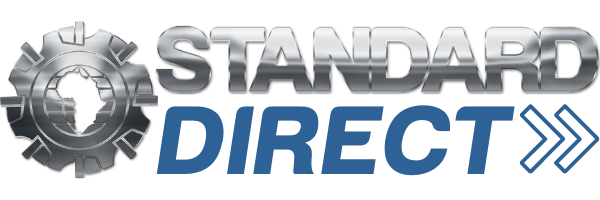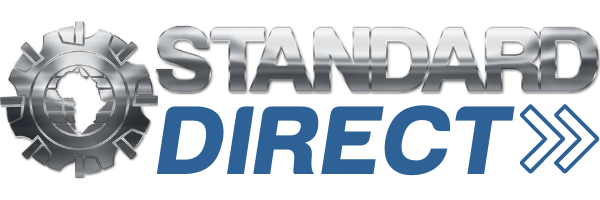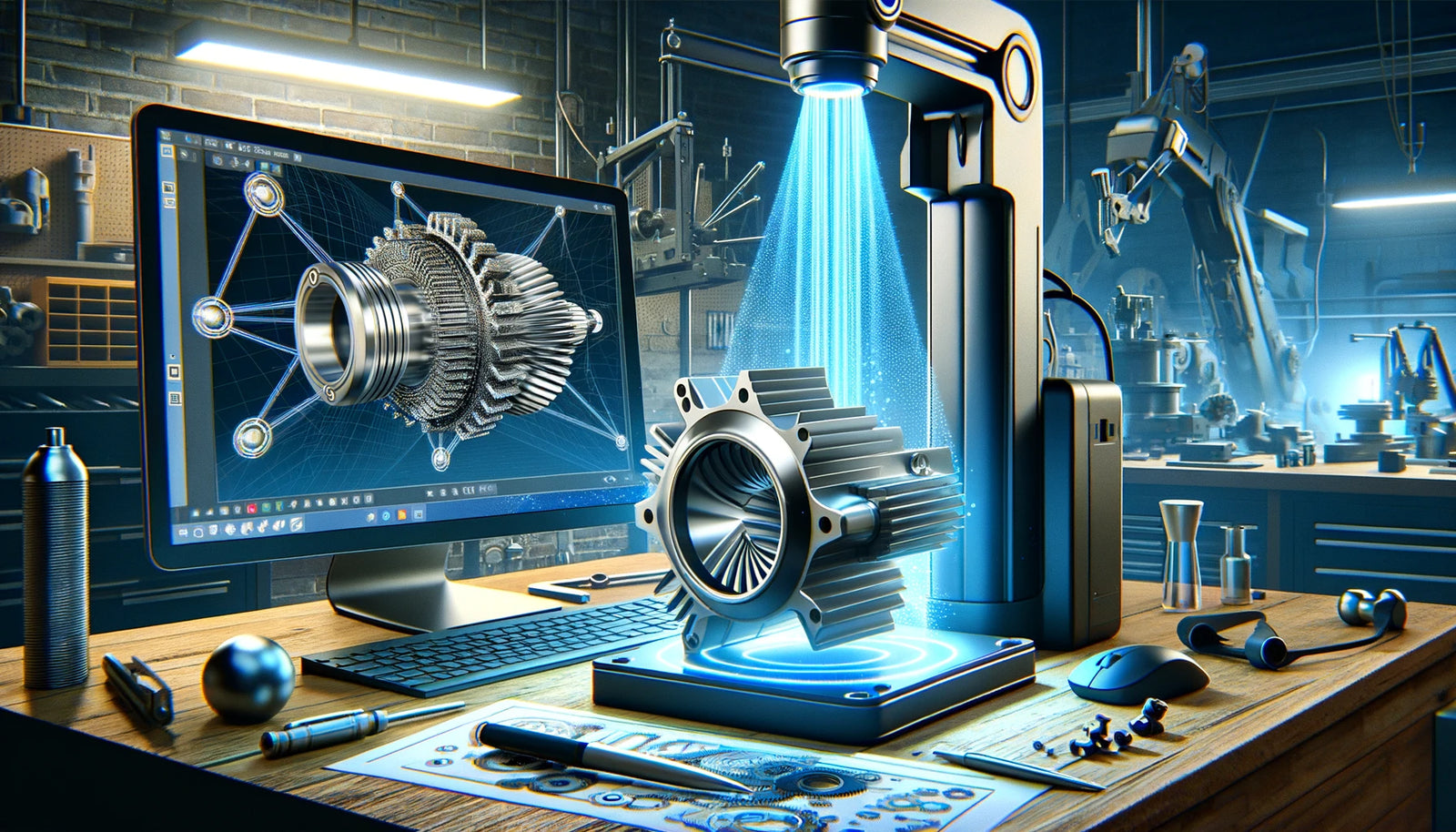In today's fast-paced market, speed and innovation are the linchpins of success for any product development cycle. Companies and entrepreneurs are constantly seeking methods to shorten the time from concept to market while ensuring their products are not just viable but also ahead of the curve. One effective strategy that has gained prominence is reverse engineering, especially when combined with insights gained from existing products that have already proven their mettle in the market. Let's delve into how reverse engineering can be a catalyst for fast-tracking product development and fostering innovation.
Understanding Reverse Engineering
Reverse engineering involves dissecting an existing product to understand its components, functionality, and the principles behind its operation or design. This process not only unveils the intricacies of the product but also provides valuable insights into the needs it serves, the manufacturing challenges it overcomes, and the technological and design principles it employs.
The Strategic Advantage
Learning from Success
One of the most significant advantages of reverse engineering is the ability to learn from products that have already succeeded in the market. Understanding why a particular product performs well, satisfies customers, or dominates its segment can provide invaluable insights. These insights can serve as a foundation for innovation, allowing developers to build upon proven successes while integrating unique features or improvements that distinguish their product.
Streamlining the Design Process
By analyzing and understanding the components and assembly of a successful product, companies can significantly reduce the time spent on the trial and error of the design phase. This process allows for the identification of key features that contribute to the product's success, which can be incorporated into the new product's design, ensuring it meets market demands while also standing out through innovation.
Accelerating Time-to-Market
Reverse engineering can dramatically shorten the product development cycle. By starting with a blueprint of what works, teams can focus on adaptation and enhancement rather than starting from scratch. This approach not only accelerates the design and development phase but also streamlines testing, as the baseline product has already undergone similar processes. Faster development times mean quicker launches, providing a competitive edge in rapidly evolving markets.
Encouraging Innovation
While reverse engineering may initially seem like imitation, it actually serves as a springboard for innovation. Understanding the essence of a successful product allows innovators to think critically about what could be improved, how new technologies could be integrated, or how to meet emerging market needs that the original product may not address. This mindset encourages a culture of continuous improvement and innovation.
Ethical Considerations and Originality
It's crucial to navigate the fine line between inspiration and imitation. Reverse engineering for the sake of copying undermines the value of innovation and may lead to legal and ethical issues. The goal should be to understand the underlying principles and functionalities that make a product successful and to use this knowledge as a foundation for creating something new and better. Respect for intellectual property and originality is paramount in this process.
Implementing Reverse Engineering in Your Development Cycle
- Select a Benchmark Product: Choose a successful product that closely aligns with the goals of your project.
- Analyze and Understand: Dissect the product to understand its components, design, functionality, and the needs it serves.
- Identify Key Features: Pinpoint the features that contribute to its success and consider how these can be adapted or improved.
- Innovate and Enhance: Use the insights gained as a basis for innovation, focusing on adding value through new features, improved performance, or addressing unmet market needs.
- Ethical Consideration and Originality: Ensure that the new product not only draws inspiration from the existing one but also adds unique value, maintaining a clear distinction and respect for intellectual property.
Conclusion
Reverse engineering, when used responsibly and creatively, can significantly fast-track the product development process. By taking inspiration from existing products, companies can reduce development times, foster innovation, and ensure their new offerings are both competitive and compelling. The key lies in using reverse engineering not as a shortcut to imitation but as a tool for learning and building upon the successes of others to create something truly original and innovative.





Leave a comment (all fields required)